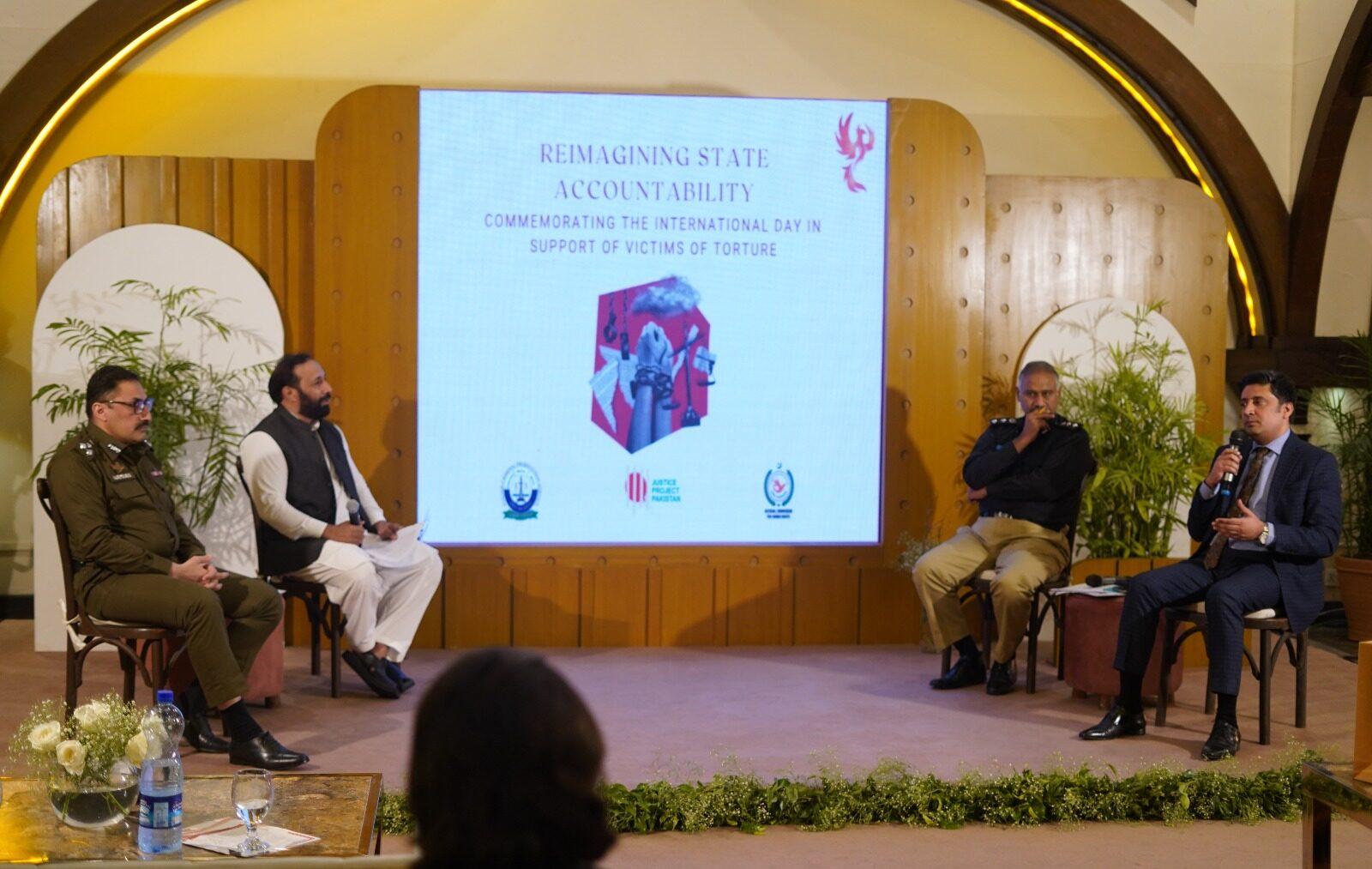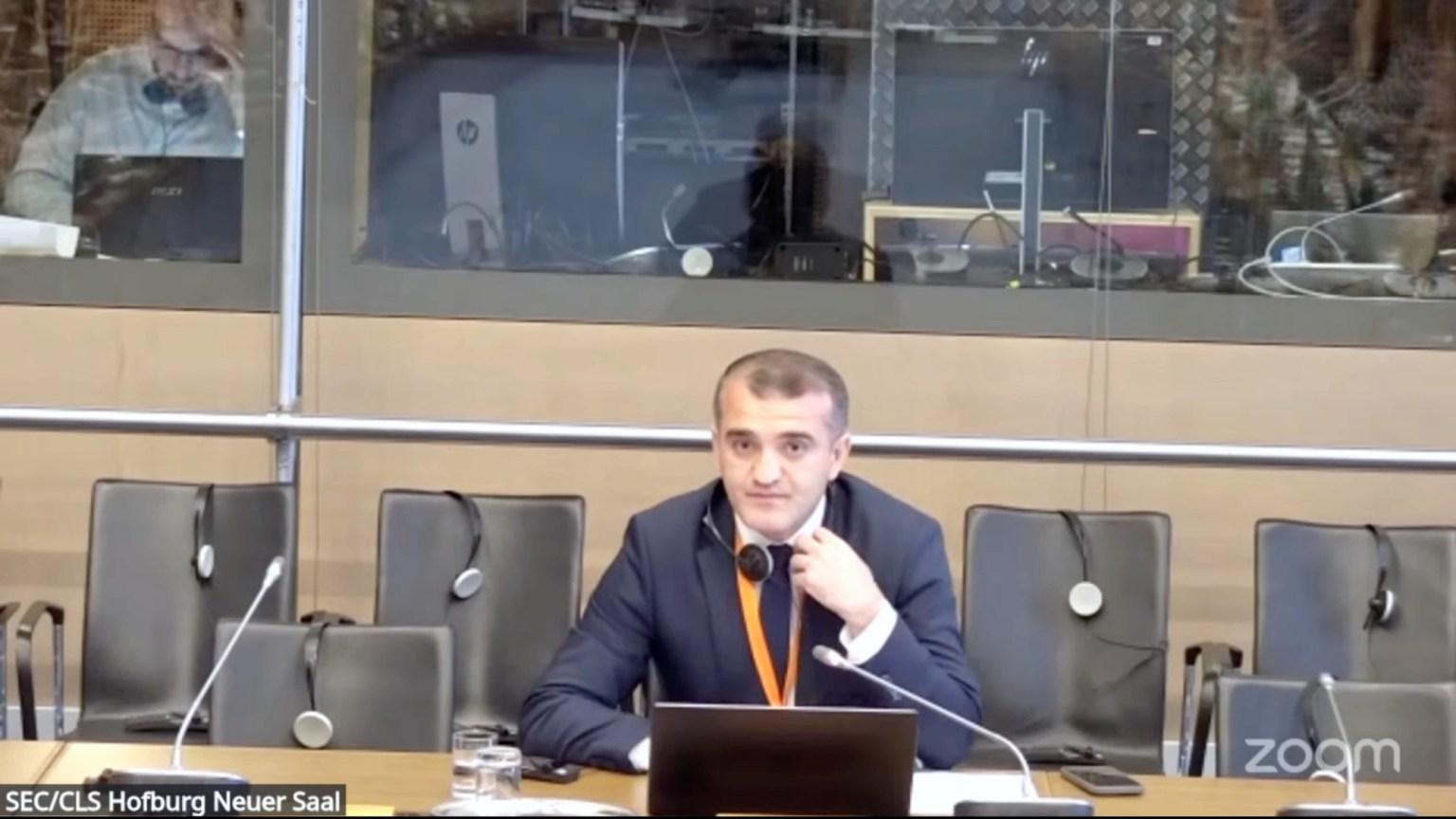Cyber warfare has rapidly transitioned from a support function to a primary instrument of national strategy in modern conflicts. With its inherent advantages—low cost, deniability, and strategic precision—cyber operations have empowered states to disrupt adversary systems, manipulate narratives, and achieve political aims without conventional escalation. This has been evident in the cyber-heavy engagements seen in conflicts like Russia–Ukraine and Israel–Gaza.
In the South Asian context, the latest India–Pakistan confrontation in 2025 marks a clear inflection point. Unlike previous standoffs, such as the 2019 Balakot episode which relied largely on conventional strikes and information warfare, this conflict saw Pakistan cyber capabilities being tested in the digital domain, leveraging cyber power to maximum effect in shaping both the battlefield and public discourse.
April 2025: Pakistan’s Cyber Action
In the aftermath of the alleged, April 22 terrorist attack in Pahalgam, cyber groups linked to Pakistan swiftly initiated a calculated and high-impact digital offensive targeting Indian infrastructure. Rather than symbolic actions, these operations exhibited technical sophistication, strategically striking over 110 Indian cyber assets—primarily in military and critical sectors.
Websites of Army Public Schools in key regions like Srinagar, Nagrota, and Sunjuwan were defaced with pointed psychological messaging aimed at undermining public confidence. Simultaneously, Indian military-linked platforms such as the Army Welfare Housing Organisation (AWHO), Ex-Servicemen portals (ECHS), Military Engineer Services (MES), and the Institute for Defence Studies and Analyses (IDSA) came under attack. Civilian and energy targets, including Bharat Petroleum and various state government websites, were also hit.
What stood out was not just the breadth, but the coordinated nature of Pakistan’s cyber campaign, which effectively merged psychological operations with infrastructure disruption. Indian response teams, including CERT-In and military cyber cells, managed to contain the damage with no reported data loss, but their initial reaction highlighted a defensive posture, with minimal offensive traction in the initial phase.
Indian Retaliation
In response to Pakistan’s assertive cyber campaign, Indian cyber collectives—including “Indian Cyber Force”, “echo0fGulmarg” and “teamwhitel0tus”—launched around 230 retaliatory attacks. These operations targeted several key Pakistani institutions, including the online networks of Pakistan Railways, the Oil & Gas Development Company Limited (OGDCL), the PAF Shaheen Foundation, and the Defence Housing Authority (DHA). A temporary disruption of services at the National University of Medical Sciences (NUMS), often referred to as Pakistan’s equivalent of AIIMS, was also reported.
However, Pakistan’s cybersecurity apparatus managed to restore affected systems with minimal operational downtime. Indian groups, for their part, launched highly sophisticated and meticulously coordinated cyber offensives—demonstrating a significant leap in offensive cyber capability. High-profile defacements of websites such as those of the Supreme Court of Pakistan and Islamabad Police, along with disruptive attempts on government-linked digital platforms, underscored the precision and symbolic messaging of these operations. Despite the advanced nature of these intrusions, their overall impact remained limited and largely transitory. Pakistan’s cyber emergency response teams acted swiftly to contain the fallout, including the rapid identification and neutralization of efforts to hijack official social media accounts.
Pakistan’s Emerging Cyber Doctrine and Strategic Depth
The 2025 conflict highlighted the depth and growing maturity of Pakistan’s evolving cyber doctrine. These were not ad hoc reactions but deliberate operations reflecting strategic planning, operational cohesion, and psychological intent. By leveraging a blend of state-backed capabilities and agile cyber units, Pakistan demonstrated an ability to shape the narrative, hold ground in the face of advanced cyber offensives.
Engaging with a digital heavyweight like India—whose offensive capabilities were both advanced and methodically deployed—underscored the importance of continued investment in Pakistan’s cyber infrastructure. This confrontation serves as a reminder that maintaining cyber resilience requires not just reactive defense but proactive strategic growth to effectively manage escalation, safeguard critical systems, and project long-term digital strength.
Conclusion: A New Digital Balance of Power in South Asia
The 2025 cyber conflict has significantly reshaped the digital dynamics of South Asia. Pakistan’s visible role in launching and withstanding cyber operations marks a new era of technological assertion and strategic clarity. By combining symbolic actions with targeted disruptions, it influenced the pace and tone of the broader confrontation. India’s cyber response was notable for its sophistication and speed, demonstrating a capability that should not be underestimated. However, Pakistan’s ability to contain these attacks and maintain operational stability suggests a growing cyber maturity. The episode underscores the pressing need for Pakistan to accelerate investments in its cyber domain—not only to counter future threats but to secure a sustainable and influential role in the region’s digital battlespace.
As cyberspace emerges as the defining arena of future conflict, Pakistan’s experience in 2025 may well serve as a foundation for crafting a resilient, assertive cyber strategy that shapes outcomes before the first shot is ever fired.







